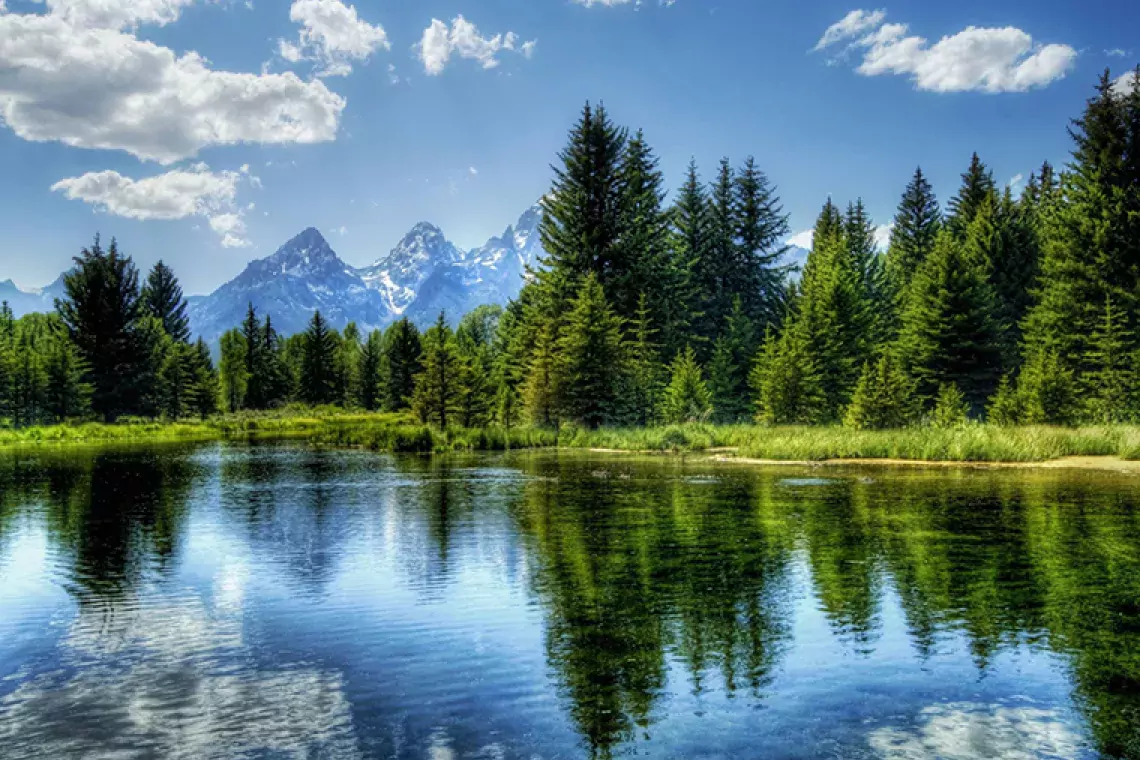Looking at Green Cities and Green Buildings for Earth Day
Today is the 34th annual Earth Day, and this year’s theme is “Green Cities.” To mark the occasion, let’s look at some of our work examining the federal government’s role in encouraging green building.
[caption id="attachment_764" align="alignright" width="206"] Excerpted from GAO-12-79[/caption]
Excerpted from GAO-12-79[/caption]
Green building practices can create more resource-efficient buildings, lower operating costs, reduce pollution, and improve indoor air quality. In 2008, the Department of Energy (DOE) estimated that U.S. buildings consumed almost 40 percent of the nation’s energy and emitted about 39 percent of its carbon dioxide. Federal laws have directed agencies, including DOE, the Department of Housing and Urban Development, and the Environmental Protection Agency, to foster green building practices in the “nonfederal sector.” This accounts for most of the nation’s buildings and includes state and local government as well as private sector buildings. In November 2011, we reported that there were 94 federal initiatives across 11 agencies designed to promote green building practices in the nonfederal sector.
Excerpted from GAO-12-79
We recommended that federal agencies collaborate with each other to identify common performance information—such as shared goals and metrics—to assess how well these initiatives are working. This is also one of the actions we identified in our 2012 report on duplication, overlap, and fragmentation. You can follow the agencies’ progress on this action in our Action Tracker, in the Duplication and Cost Savings section of GAO.gov.
We also reviewed how agencies were implementing the Energy Independence and Security Act of 2007, which included many green building requirements for federal buildings. We found that federal agencies were taking steps to implement energy efficient building requirements, and identified challenges—including long-term funding and capital budgeting issues—that agencies might face as they work toward increasing energy and resource efficiency and decreasing the use of fossil fuel energy.
- Questions on the content of this post? Contact Frank Rusco at ruscof@gao.gov.
- Comments on GAO’s WatchBlog? Contact blog@gao.gov.






